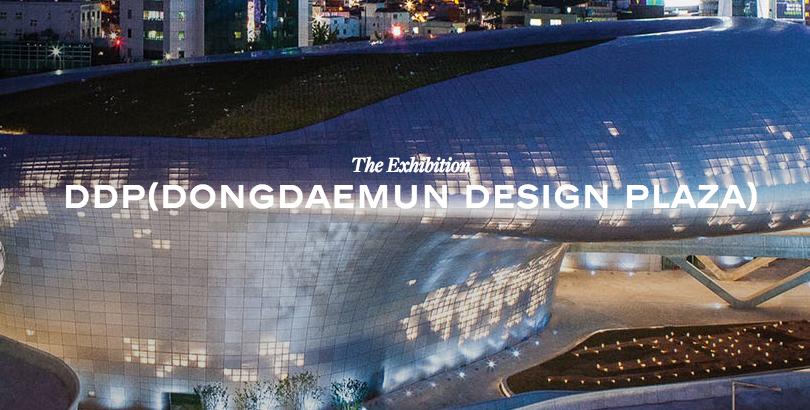On the evening of May 4, Chanel showcased around 95 distinct looks in the “Culture Chanel” exhibition held in Dongdaemun Design Plaza. The show invited more than a thousand guests, including familiar faces such as actors Kirsten Stewart, Tilda Swinton and Ah-Sung Ko. The show drew international attention with not only its featured designs and celebrities, but also incorporated Korean traditional styles in the designs of Creative Director of Chanel Karl Lagerfeld.
“I think incorporating Korean themes and holding the show in Korea were effective marketing strategies for Chanel to become more global,” Yoonyoung Kim (11) said. “Using styles familiar to Koreans allowed the audience to relate to the designs better and appreciate the beauty of their own culture.”
Along with the newly designed clothes, the models also wore the braided gache wig, an accessory that noble women donned during the Chosun era. Moreover, drawn from the Korean traditional colors, shades of red, yellow, blue, celadon and fuchsia were used in dresses that closely resembled the traditional Korean dress, hanbok. In addition to the traditional evening dresses, some of the miniskirts resembled the modern Korean school uniforms.
“The hanbok is very graceful in its design and [that might have been] an appealing aspect for the Chanel designers,” said Jin Shin Ekin, high school art teacher. “The design is also unique because none of the other countries have roundish sleeves and the smooth lines of the traditional dress. Moreover, it uses a ribbon as a way of tying the whole clothing in place, which is unique and different from using buttons.”
The decision to host the show in Korea was also a significant part of the Chanel exhibition this year. According to the Bruno Pavlovsky, president of fashion for Chanel, South Korea was an inspiration for Lagerfeld because of the country’s dynamic culture and creativity. In addition to the cultural motivations, Chanel did not overlook the economic incentives. Chanel first entered Korea in 1992 with its fragrance products and quickly grew to set up fashion stores and boutiques, including a flagship store in Cheongdam-dong expected in 2017. Targeting the nation’s rapidly growing market, Pavlovsky believes the company will see a rise in Korean market profits through the promotion of the show.
“It is too soon to determine whether Chanel can profit a lot from the Korean market. Although Korea’s economy may be growing, [the growth] does not promise the consumer capacity of the middle class,” Namho Kim (10) said. “Nevertheless, Chanel’s creative adoption of Korean culture would definitely help Chanel appeal to a wider audience in this country.”

